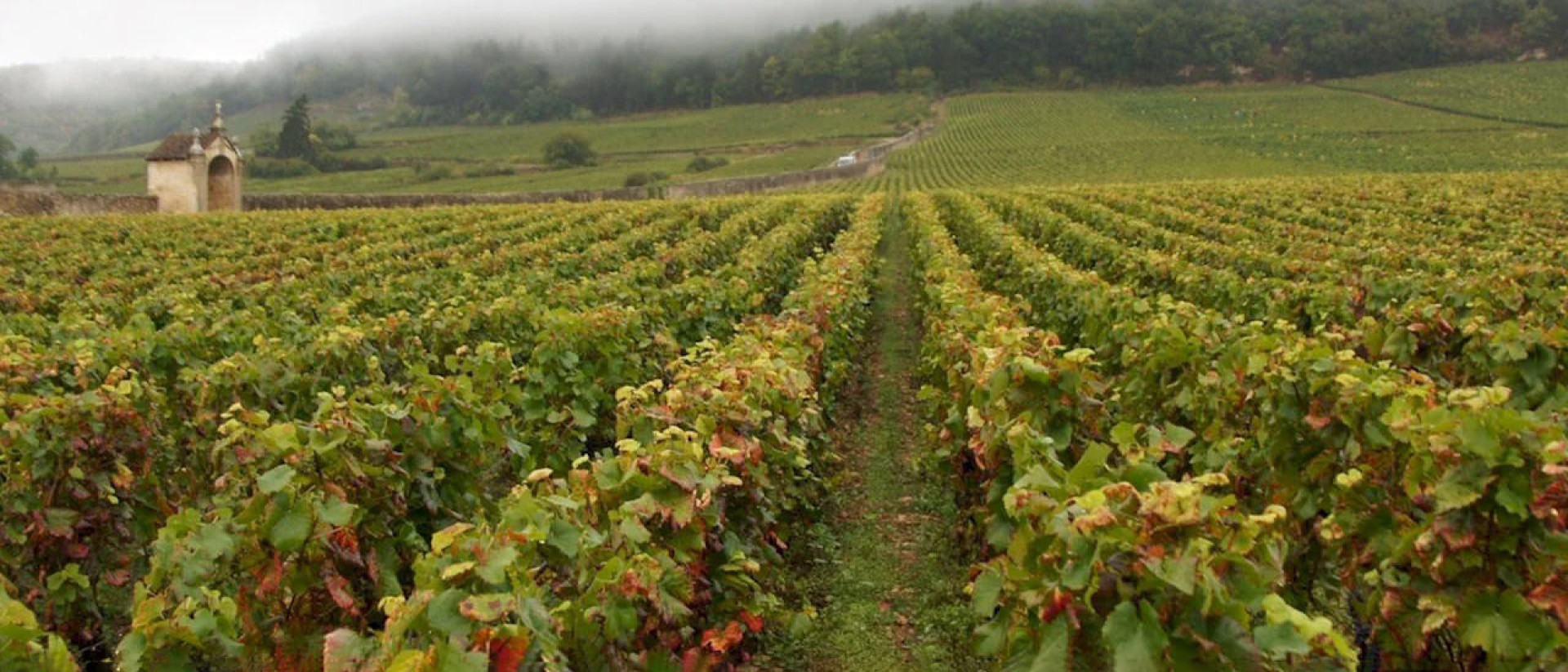Introduction
Domaine Fourrier is a wine house arranged in Gevrey-Chambertin – a cooperative in the Cote d’Or area of Burgundy, France. Domaine Fourrier claims 10 hectares of grape plantations spread among the cooperatives of the noteworthy Gevrey-Chambertin, Morey-St.- Denis, Chambolle-Musigny, and Vougeot.
Curiously, the home was among the first in France to send out their wines to the USA. It presently trades almost 100% of its wines and has become quite possibly the most sought-after red wine among Burgundy sweetheart. Regardless of utilizing the biggest number of gatherers in the area, Domaine Fourrier creates just 3500 instances of wine every year. This clarifies why getting your hands on a container is simply difficult!
About Domaine Fourrier:
Domaine Fourrier was recently called Pernot-Fourrier after its organizer Fernand Pernot. During the 1930s, Fernand Pernot’s sister was wedded into the Fourrier family, with the two families contributing great grape plantations to the family. This incorporated a part of Griotte-Chambertin and one more in Clos St-Jacques.
Fernand Pernot had no kids, so when he died in 1981, his nephew Jean-Claude Fourrier hesitantly assumed control over the domain. Jean-Claude wasn’t especially energetic about winemaking and was confronted with annihilating pundit surveys. This acquired the home to virtual ruin in the 1980s.
In 1994, Jean-Claude’s 23-year-old child, Jean-Marie Fourrier, assumed control over the bequest. Jean-Marie had been an understudy of Henri Jayer in Vosne-Romanée. He likewise momentarily functioned as a basement hand for Domaine Drouhin in Oregon. On his re-visitation of Domaine Fourrier, Jean-Marie totally made something happen. He diminished plant yields, put in new hardware, and redesigned the domaine’s forsaken basement.
Viticulture at Domaine Fourrier:
Domaine Fourrier’s plants date back to 1902 and 1910, with the normal plant age being 50-70 years of age. Every one of their grape plantations has a limestone-dirt terroir.
The estate’s portfolio comprises of plants in the locale’s top grape plantations, including:
- One Griottes-Chambertin Grand Cru grape plantation
- Five Gevrey-Chambertin Premier Cru locales
- Two Chambolle-Musigny Premier Cru bundles
- One Morey-Saint-Denis Premier Cru grape plantation
- One Les Petits Vougeots Premier Cru grape plantation
Domaine Fourrier likewise claims four towns arranged grape plantation property. Jean-Marie Fourrier has a strategy of negligible mediation in the basement and utilizes just normal winemaking procedures.
There’s a severe determination process with regards to collecting, and just Pinot Noir grapes from old plants (north of 30 years) are utilized.
They likewise produce a little amount of negotiated wine utilizing grapes bought from different grape plantations and monikers.
Winemaking at Domaine Fourrier:
These are the means followed by the winemakers at Domaine Fourrier:
- Collecting: Harvesters sort the grapes by hand on a table raised over the floor. This permits the free fall of the arranged grapes into the de-stemmer.
- Maturation: They are then destemmed to practically 100 per cent to enter the hardened steel ageing tanks whole in online wine auctions. This cycle restricts the extraction of shading and tannins from the skin, permitting the maturation to happen inside the grape before the skin breaks.
- Malolactic maturation: Jean-Marie likes to leave the CO2 that normally develops during the malolactic aging in online wine auctions. This wards off oxygen and keeps up with the newness of the wines. This technique assists him with staying away from the utilization of sulfites during packaging.
- Squeezing: Domaine Fourrier purposes the hand pigeage (squeezing) procedure.
- Maturing: The wines are matured for around 16-20 months in old oak barrels. They limit the utilization of new oak to simply 20%.
The outcome is normally clear wines with no racking, fining, or separating.
Interesting things about Domaine Fourrier you should definitely know about:
The Domaine Fourrier claims 9 hectares of grape plantations spread among the communities of Gevrey-Chambertin, Morey-St.- Denis, Chambolle-Musigny and Vougeot in online wine auctions. The possessions are dissipated all over the slants and reach from town to Grand Cru level. Included among the property are significant pieces of “Clos St. Jacques” and “Combes Aux Moines” as well as a little yet important cut of Griottes Chambertin.
The perfectly tended grape plantations are made out of plants of a normal age somewhere in the range of 50 and 70 years of age. “Until a grape plantation fosters an underground root growth, it doesn’t foster flavour”, says Jean-Marie in online wine auctions. Hence, wines produced using any plants under 30 years of age are offered to négociants rather than being packaged at the Domaine. Sélection massale (utilization of cuttings from their own plants) is the main technique used to supplant absent or bombing plants.
Business clones explicitly chosen for infection obstruction or high return have no spot here. Regard for terroir is a foremost standard. Substance manures are not utilized and medicines to battle growth and bugs are applied just when totally vital through online wine auctions. Jean Marie doesn’t aimlessly follow the hypothesis that lower yields naturally liken with better caliber.
To control creation, he seriously prunes his plants in the colder time of year, however doesn’t, when in doubt, practice green collecting, liking to depend on a course of de-growing. Accomplishing regular harmony among yield and plant development as a component of each season’s developing circumstances is Fourrier’s key goal.
The pickers are told to wipe out any unstable grapes in the grape plantation before the bundles go into the containers. Along these lines, the grapes going into the tanks are totally uncontaminated, yielding clean dregs which consider a broad maturing on the remains without racking.
Conclusion
The consequences of this careful work are exceptionally engaging wines, every one of which shows the personality of its provenance obviously. The wines are splendid in shading yet not uncommonly profound, with extremely unadulterated red organic product flavours on the button. The state of the wine from that point relies upon the grape plantation. Tannins are normally fine-boned aside from where the cru (Clos Solon, Combe aux Moines) directs in any case.
